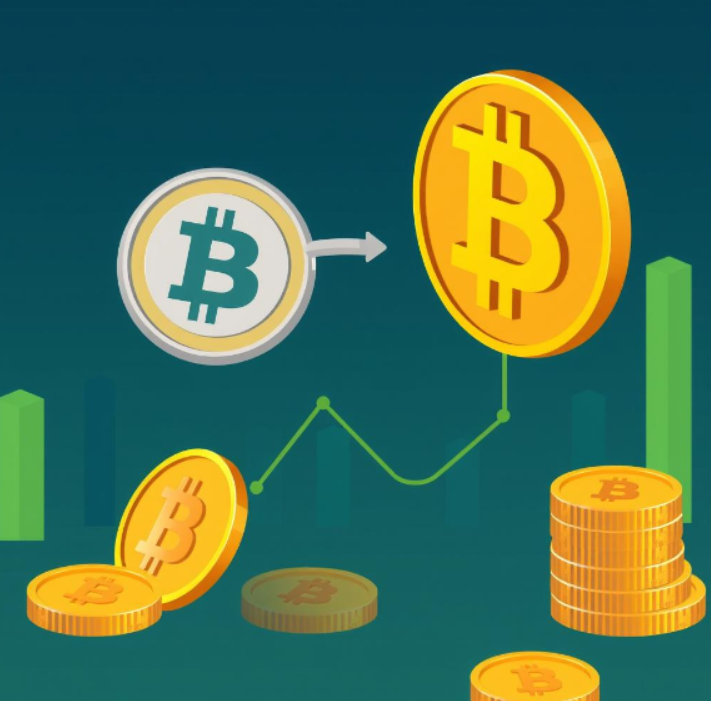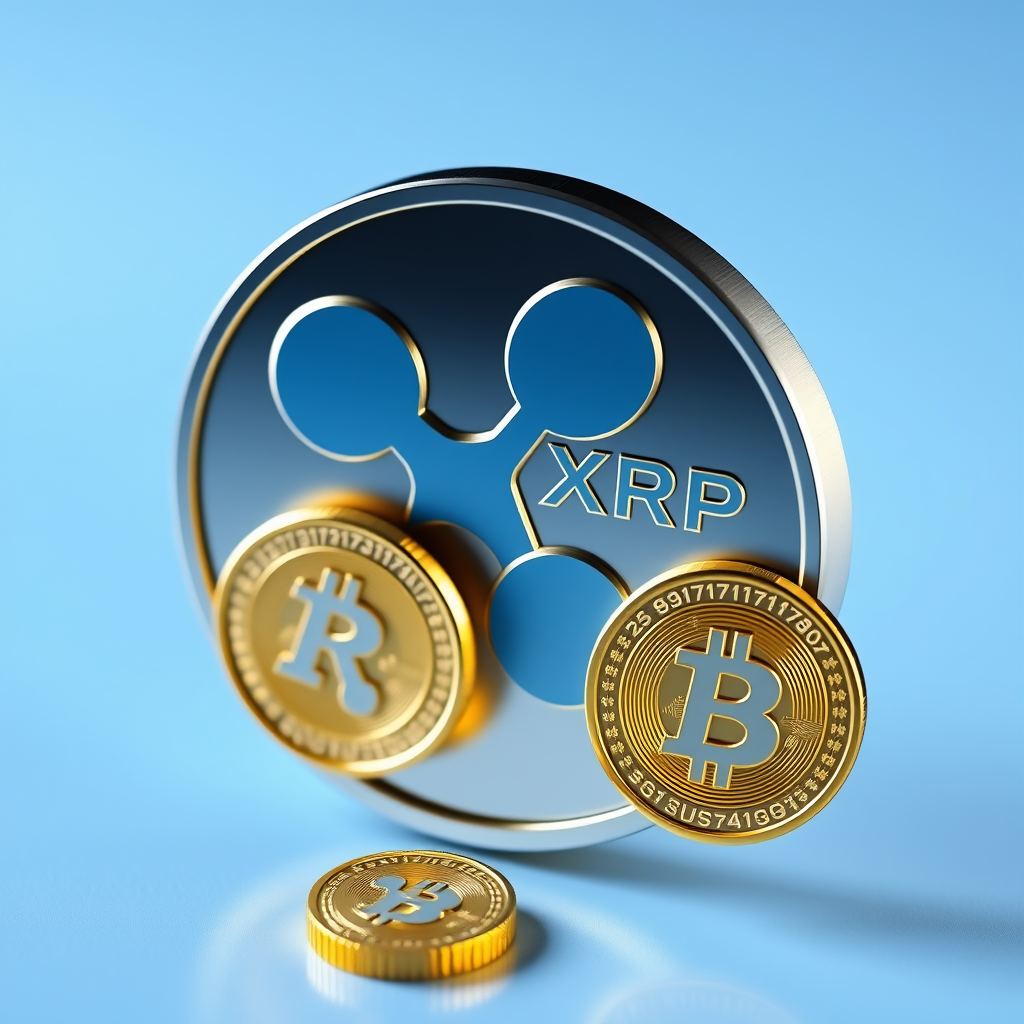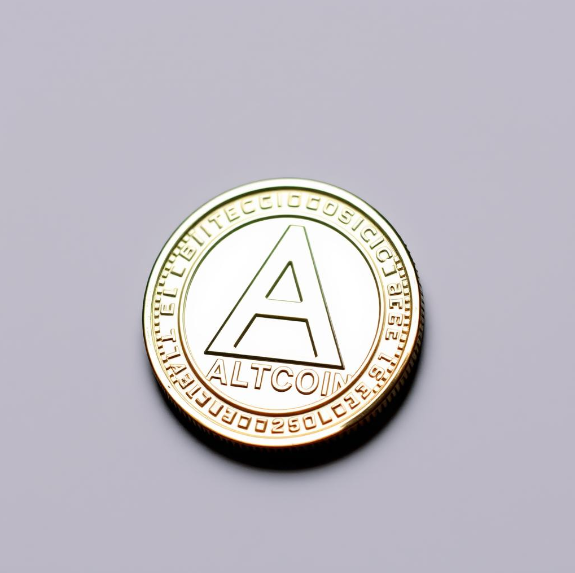Discover the Best DePIN Projects of 2025
Explore the exciting opportunities presented by decentralized physical infrastructure networks (DePIN), where blockchain technology intersects with real-world infrastructure. We proudly present an exhaustive overview of the top DePIN projects reshaping industries from telecommunications to energy.
DePIN Overview
-
Introduction: Start your journey into decentralized physical infrastructure networks (DePIN)! DePIN projects aim to decentralize real-world infrastructure through blockchain technology, offering new opportunities for community-driven governance and participation.
-
Definition: Decentralized Physical Infrastructure Networks (DePIN) represent blockchain-powered initiatives that aim to build and maintain physical infrastructure such as communication networks, energy grids, and transportation systems, using decentralized governance and incentive structures.
-
Role in the Blockchain Ecosystem: DePIN projects play a crucial role in bridging the gap between digital and physical infrastructure, ensuring that essential services are accessible, decentralized, and community-driven. By enabling decentralized ownership and governance, these projects aim to empower communities.
-
Types of DePIN Projects: DePIN projects can span across various sectors such as decentralized telecommunications, energy distribution, smart cities, and environmental monitoring. Each project brings unique value propositions and methods for decentralized infrastructure management.
-
Real-World Applications: DePIN projects are reshaping traditional industries, particularly in areas like telecommunications, where decentralized networks are being built to provide connectivity to underserved regions, and in energy, where community-driven grids are transforming local energy distribution.
-
Benefits of DePIN Projects:
- Decentralization: Shift from centralized control to community-driven governance.
- Incentives: Earn rewards for participation in building and maintaining infrastructure.
- Accessibility: Open up infrastructure to underserved regions through decentralized networks.
- Efficiency: Utilize blockchain technology for transparent, secure, and efficient infrastructure management.
DePIN FAQ
-
How do DePIN projects operate?
- DePIN projects operate through decentralized networks, where blockchain technology enables governance, coordination, and reward distribution for participants involved in building and maintaining physical infrastructure.
-
What are the advantages of participating in DePIN projects?
- Advantages include earning incentives for contributions, participating in community governance, and fostering decentralized infrastructure that benefits local communities.
-
What considerations and risks should users be aware of when engaging in DePIN projects?
- Considerations include network scalability, potential regulatory challenges, security vulnerabilities, and the feasibility of maintaining decentralized infrastructure over time.
-
Why opt for DePIN solutions over traditional infrastructure models?
- DePIN solutions provide decentralized, community-driven alternatives to traditional, centralized infrastructure models, often leading to greater transparency, reduced costs, and enhanced accessibility.
-
How can participants ensure the success of a DePIN project?
- Participants can contribute to the success of DePIN projects by actively engaging in governance, ensuring network security, and promoting adoption within their communities to scale the impact of decentralized infrastructure.






